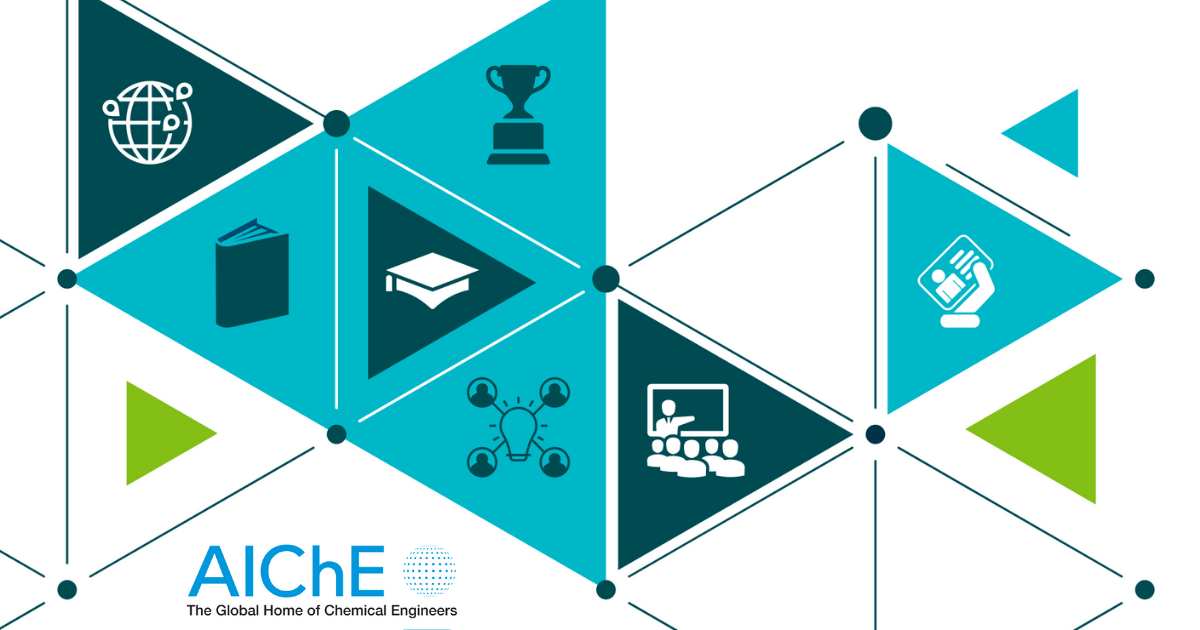Breadcrumb
- Home
- Publications
- Proceedings
- Carbon Management Technology Conference 2019 (CMTC 2019)
- Poster Session
- Poster Session (Registered)
- 3D-Printed Monoliths for CO2 Capture and Utilization Applications

Structured monoliths improve adsorption and reaction kinetics and reduce column pressure drops by increasing fluid contact area in comparison to traditional beads or pellets; however, targeted adsorbent/catalyst loading methods, such as in-situ growth on extruded monoliths, are costly and inefficient. 3D-printed monoliths can address these flaws by directly incorporating active materials into the structure matrix. Alternatively, 3D-printed monoliths can be doped with an adsorbent or metal catalyst precursor; leading to high internal loading. Herein, two novel routes for 3D-printed monoliths are Direct Adsorbent Printing and In-situ Adsorbent Growth. The former achieves high adsorption capacities with good mechanical stability while the later can achieve high loadings by incorporating a precursor directly within monolith matrix. Using these routes, we have successfully demonstrated the application of 3D printing technique for formulating a variety of materials including zeolites, aminosilicates, MOFs, and polymerâzeolite composite monoliths as suitable adsorbent contactors to remove CO2 from flue gas or enclosed environments1-4. Additionally, we have successfully demonstrated the development of 3D-printed ZSM-5 monoliths with various metal dopants for CO2 utilization reactions, in particular, methanol to hydrocarbon (MTH) reaction5.
The 3D printing technique offers an alternative cost-effective and facile approach to fabricate structured adsorbents and catalysts with tunable structural, chemical and mechanical properties for use in CO2 separation and conversion processes. This work highlights the importance of adsorbent/catalyst materials formulations into practical contactors such as monoliths, as the scalabale technology platform, that could facilitate rapid deployment of CO2 capture and conversion processes on commercial scales.
References: